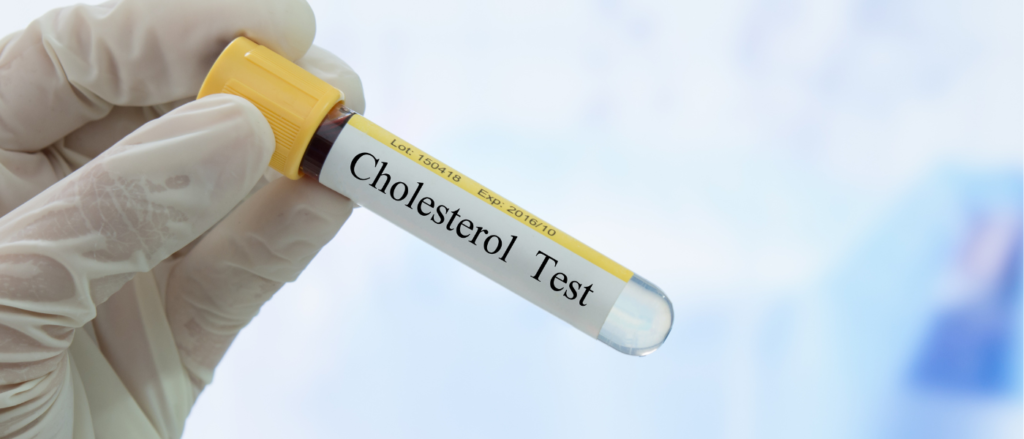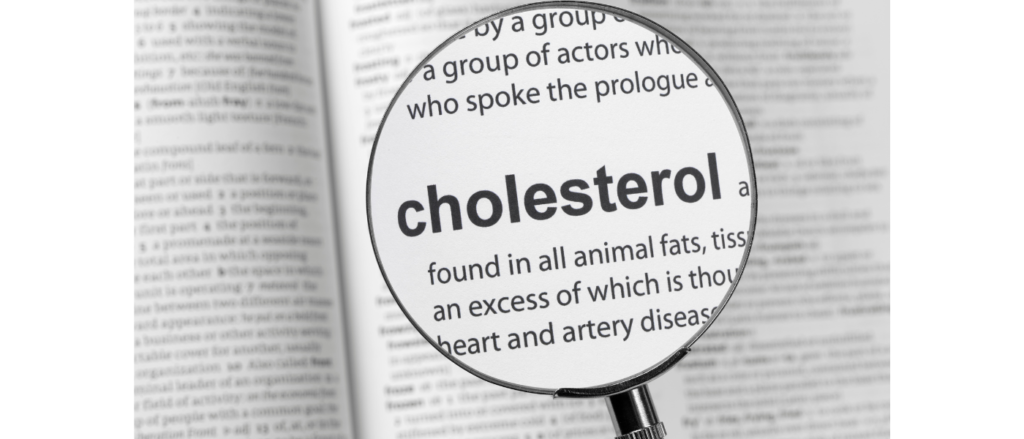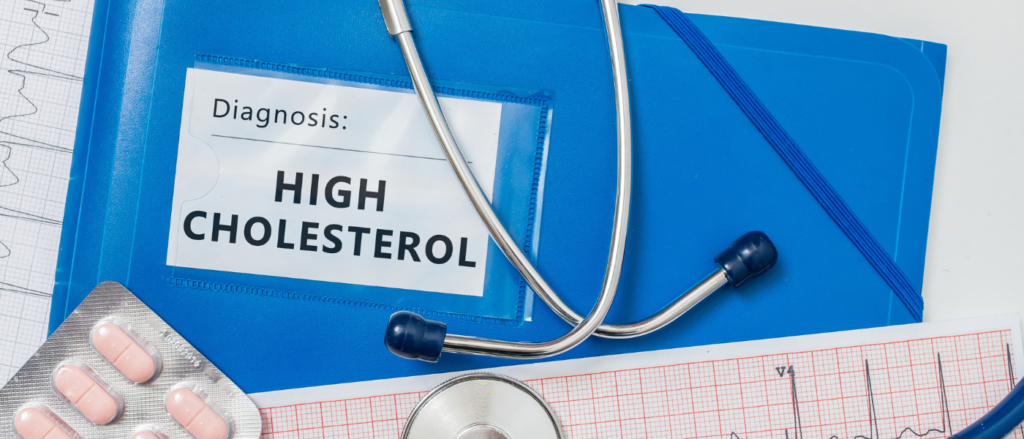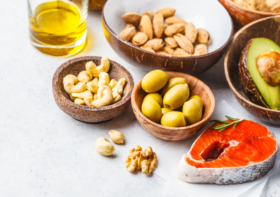How to Reduce Your Risk of Heart Disease by Getting to Know Your Cholesterol Lab Test
How to Reduce Your Risk of Heart Disease by Getting to Know Your Cholesterol Lab Test
Your doctor will check your lipid panel at least once a year. A lipid panel is a blood test measuring various cholesterol and fats in your bloodstream. It generally includes total cholesterol, triglycerides, HDL, and LDL. It may also measure VLDL and non-HDL cholesterol. While this test is not the best predictive marker, it is what is commonly used to evaluate for risk of cardiovascular disease. Advanced lipid testing with better predictive risk factors include lioprotein subfractions and particle sizes in addition to the lipid markers and inflammatory markers. In this post we will be talking about the commonly used marker that evaluates for risk of cardiovascular disease, the lipid panel.
Not all physicians walk through the blood tests after getting blood work done, one reason being that they are crunching for time. I don’t particularly like simply stating to my patients that their cholesterol is high and they need to improve their diet and then moving on with the conversation. I like explaining the numbers and discussing HOW they need improvement, including beneficial supplements.
Teaching what the values represent, the levels we need to aim for, and the changes we need to make really clarifies and motivates patients to improve their lifestyles. Repeating their lipid panel in 6-12 months tells us if their changes are making a difference.
Here is what each value typically indicates:

1. Total cholesterol:
This measures the total amount of cholesterol in your blood, including both “good” (HDL) and “bad” (LDL) cholesterol, as well as very-low-density lipoprotein (VLDL) cholesterol. It should generally be less than 200. Since total cholesterol includes “good cholesterol,” I don’t focus on this when discussing the results with my patients; I go into the breakdown.
2. Triglycerides:
Triglycerides are a type of fat found in your blood. Elevated levels of triglycerides are associated with an increased risk of heart disease, especially when combined with high levels of LDL cholesterol and low levels of HDL cholesterol. Although this is a type of fat in the vessels, high triglyceride correlates with excess calorie intake, a high-carb diet (refined carbohydrates), and lack of exercise. It should be less than 150, but ideally less than 100, and the lower the better.

3. High-density lipoprotein (HDL) cholesterol:
Physicians often overlook high-density lipoprotein (HDL) levels. HDL is called the “good” cholesterol because it helps remove LDL cholesterol from the arteries. HDL is a protein that transports cholesterol from the cells and blood vessels back to the liver to be broken down or reprocessed. Therefore, we want more HDL to be around to get rid of the excess cholesterol and prevent it from causing damage.
Higher HDL cholesterol level is associated with a lower risk of heart disease. Low HDL levels correlate with low intake of healthy fats like omega-3 in our diet, lack of exercise, and high levels of bad cholesterol. Ideally, you want HDL above 60; the higher, the better. You can read my blog post on improving your good cholesterol and lowering your bad cholesterol!
4. Low-density lipoprotein (LDL) cholesterol:
LDL is often referred to as “bad” cholesterol. LDL is the protein that carries cholesterol from the liver (where it is produced) to the blood vessels to transport the cholesterol to cells throughout the body. Cholesterol is an essential component of every cell in our body. However, when there is excess cholesterol production, LDL cholesterol builds up in the walls of your arteries, leading to atherosclerosis and increasing the risk of heart disease and stroke.
A diet consisting largely of cholesterol-rich foods like fried foods, sweet baked goods, and trans-fat-containing foods increases LDL. For low-risk, non-diabetic patients, LDL should be less than 100. For those at high risk, such as those with diabetes, LDL should be less than 70.

5. Very-low-density lipoprotein (VLDL) cholesterol:
VLDL is a type of lipoprotein that carries triglycerides in the blood. Elevated VLDL cholesterol levels can also increase the risk of heart disease, but this is not always calculated as part of your lipid (cholesterol) panel.
6. Non-HDL cholesterol:
This is calculated by subtracting HDL cholesterol from the total cholesterol. It measures all the “bad” cholesterol in your blood, including LDL and VLDL cholesterol. Non-HDL cholesterol is considered a better predictor of cardiovascular risk than LDL cholesterol alone. For low-risk patients, this should be less than 130. For high-risk patients, such as those with diabetes, it should be <100 or even less than 70 based on their comorbidities.
MY DOCTOR SAID MY LIPID PANEL LOOKS GOOD, BUT AFTER READING THIS, I DO NOTICE THAT MY HDL IS LOW, AND I AM AT HIGH RISK OF HEART DISEASE! How do I improve my good cholesterol? Please read my blog post on how to improve your good cholesterol!
I hope that this is helpful to you and that you feel empowered to improve your health. If you found this useful, please share it on social media and with friends and family.
Go to my Health page to check out additional blog posts related to health topics. Be sure to subscribe to my YouTube channel and follow me on my social media platforms (IG, TikTok)!




